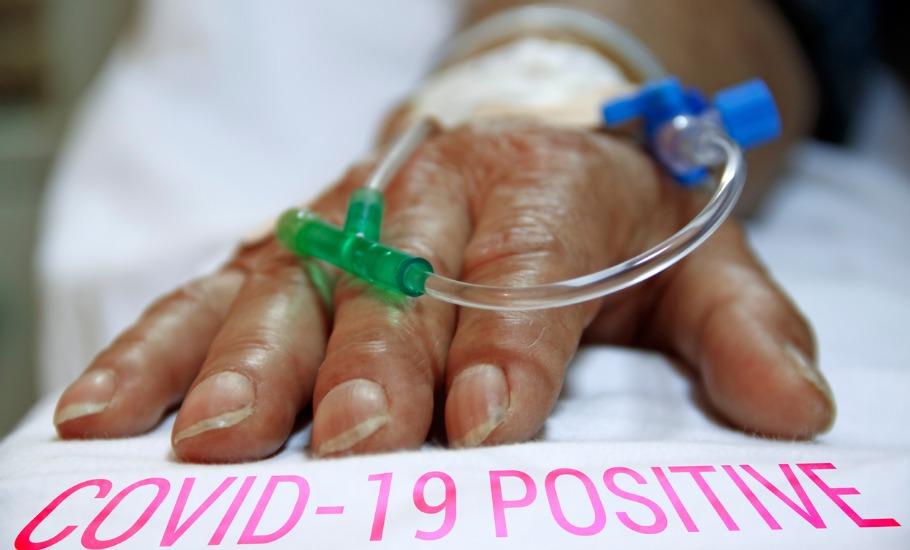
COVID patients who took steroids should be aware of black fungus
Mucormycosis or black fungus infection cases have been rising among COVID patients with comorbidities like diabetes who were treated with steroids.

Mucormycosis or black fungus infection cases have been rising among COVID patients with comorbidities like diabetes who were treated with steroids.
Black fungus cases first emerged in early December, but the number has gone up lately with several cases being reported in Rajasthan, Punjab, Delhi and Gujarat. At least 40 COVID patients from Surat (Gujarat) contracted the rare but fatal infection. Of them, eight have lost their eyesight.
Black fungus and diabetes
Meena Khandelwal, 49, of Delhi contracted COVID on April 10. During treatment, she was administered steroids, which caused swelling on her face. On April 20, she was brought to the hospital for treatment but the doctors could not save one of her eyes.
Forty six-year-old Tara Chand got infected on April 27 and was administered steroids too. He lost his vision in both eyes due to mucormycosis. Munaf too lost vision in both eyes. Besides being COVID warriors who were given steroids, Meena, Tara Chand and Munaf were diabetic. The infection may also result in death if not treated in time. (Precautions, detection and treatment of mucormycosis).
Mucormycosis is a serious but rare fungal infection caused by a group of molds called mucormycetes. These fungi are found everywhere, particularly in soil and in decaying organic matter, such as leaves, compost piles, or rotten wood.
How does mucormycosis spread?
People get mucormycosis after coming in contact with the fungal spores in the environment. For example, the lung or sinus forms of the infection can occur after someone breathes in spores. These forms of mucormycosis usually occur in people who have health problems or take medicines that lower the body’s ability to fight germs and sickness.
Mucormycosis can also develop on the skin after the fungus enters the skin through a cut, scrape, burn, or another type of skin trauma.
However, mucormycosis is not contagious, and therefore, it cannot transmit between people and animals.
Also read: Govt issues guidelines for mucormycosis in COVID-19 patients
Symptoms
The symptoms of black fungus are sinusitis, nasal discharge (black or bloody), pain on the cheekbone, one-sided facial pain, numbness or swelling, blackish discolouration over the bridge of nose, toothache, loosening of teeth, blurred or double vision with pain, fever, skin lesion, thrombosis, chest pain or worsening of respiratory symptoms.
According to the Centre for Diseases Control and Prevention (CDC), mucormycosis cases have an overall all-cause mortality rate of 54%.
‘Stay away from dust’
As per the CDC, this serious infection needs to be treated with prescription antifungal medicine. These medicines can be taken orally or through IV. The infection at times needs surgery to cut away the infected tissue.
Dr Poonam Chandani, a public health expert, advises staying away from construction sites and dusty areas. “Wear gloves with full sleeves while gardening or farming, wear masks, avoid going to places where there is water leakage or drainage water is collected.”
“If there are any symptoms of fungus, one should immediately go to the doctor. The fungus needs to be caught in the initial phase and treated in time because even with a slight delay in treatment, the part of the patient’s body where this fungal infection has occurred starts to rot. In this case, it needs to be removed and even the life of patients can be at risk,” added Dr Chandani.


